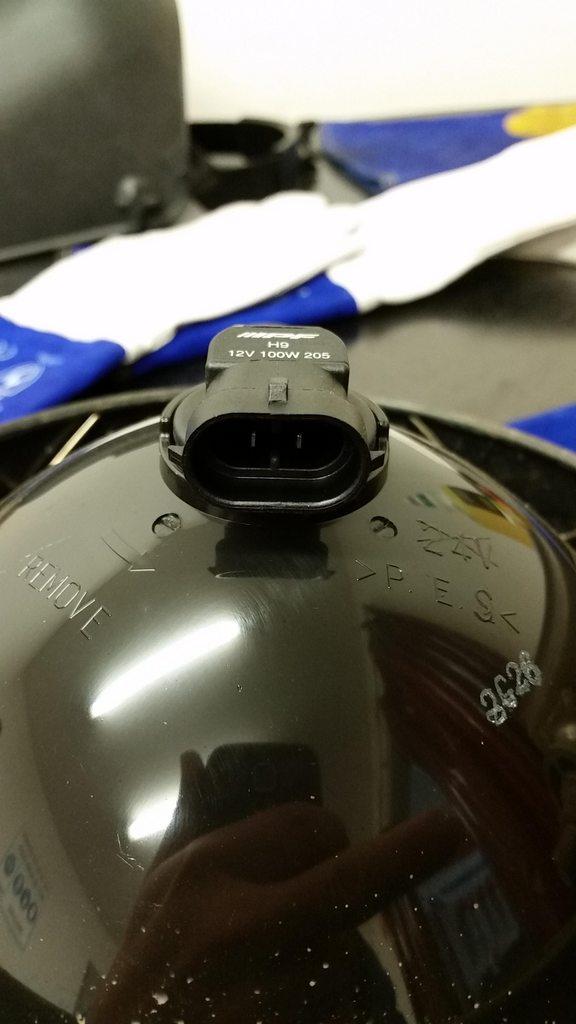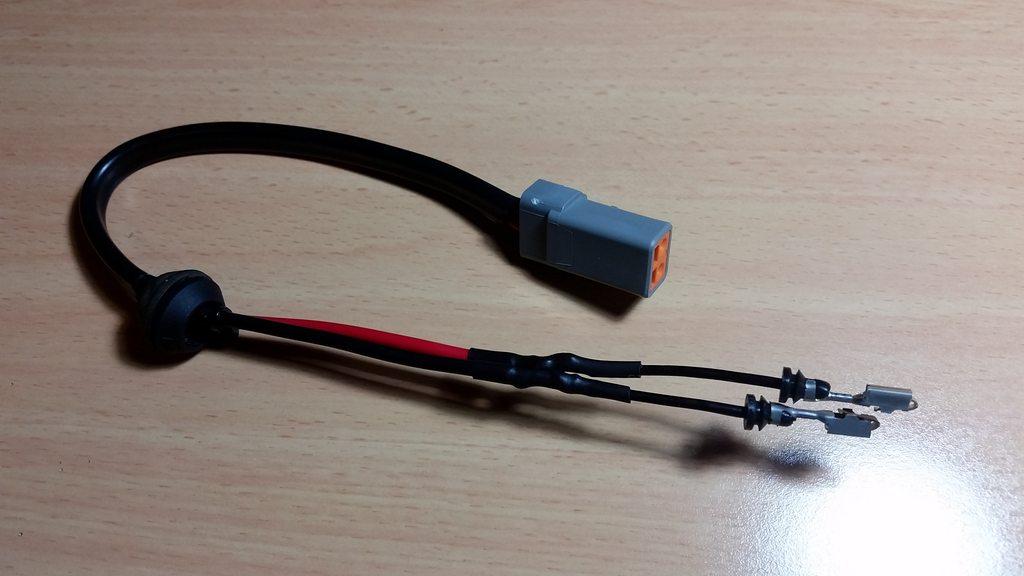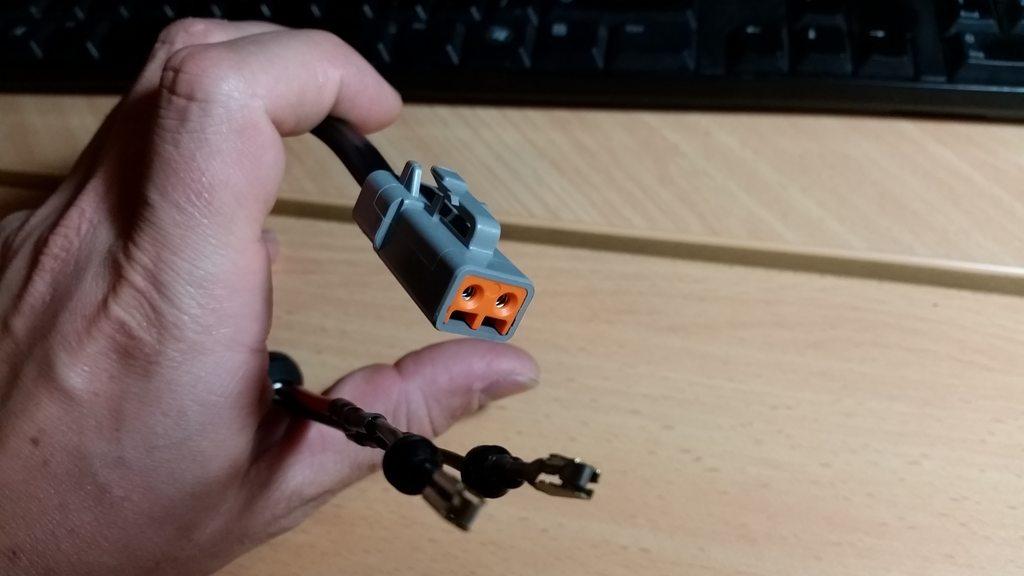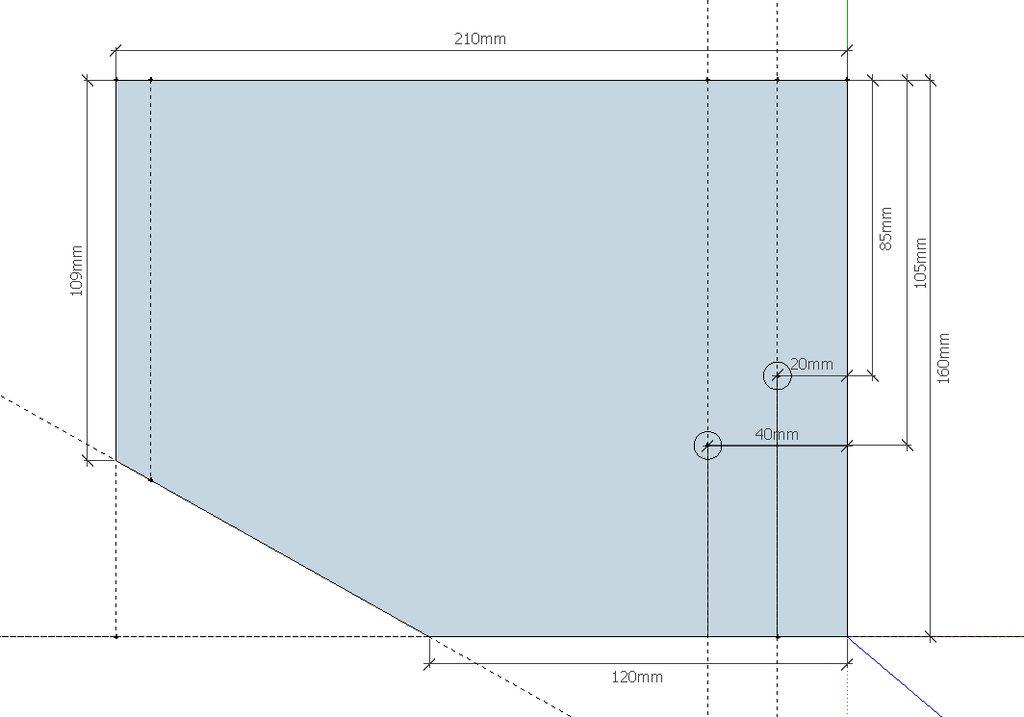The final connection
This afternoon, I wired up the carling switches in the cab. I had it all labelled up and a wiring guide I'd done, so it was a simple matter of attaching a few wires for the switching side of the relays-
1) 12V feed for switch- I picked this up off fuse 17 (High beam headlight) under the steering column.
2) Illumination circuit- for the carling switches lighting when lights are on , and to indicate switch status. Picked 12V up off fuse 13- dash illumination under steering column
3) Earth... plenty of those around. I was going to use the earth point on the firewall behind the dash, but may consider it when I'm there next. Mounted to the fuse board under steering column for now.
I also used the add-a-fuse jumpers for the switches. I'll look at hard wiring it some time in the future. But for now it works and is operational. The installer of the radio just jammed a spade terminal in any old fuse alongside the blade fuse... D'oh. I'll get around to righting that wrong sooner or later, I'm sure.
I had to run a few extra wires between the relays and dash (for the additional relay), as the extra relay output is not being used by the roof lights. I didn't exactly follow the traxide wiring for this part of the isntall, but it's just a duplication of what was already there.
Pleased to say, that all the wiring over the past few posts all works as intended.
New switch setup. Red matches the MUD led dome lights. You know, for teh night visions.

-Mitch
'El Burro' 2012 Defender 90.




 Reply With Quote
Reply With Quote









Bookmarks